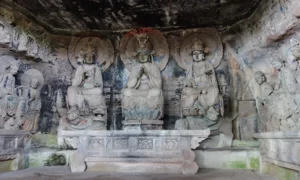The Anyue Grottoes, nestled in the heart of Sichuan Province’s Anyue County, stand as a monumental testament to the rich tapestry of Chinese Buddhist art, spanning several dynasties and encapsulating the spiritual and artistic zenith of ancient China. This academic exploration delves into the historical, cultural, and artistic significance of the Anyue Grottoes, shedding light on their contribution to Chinese heritage and the broader spectrum of Buddhist art globally.
Ancient Civilizations
All Ancient Civilizations, Cultures and People
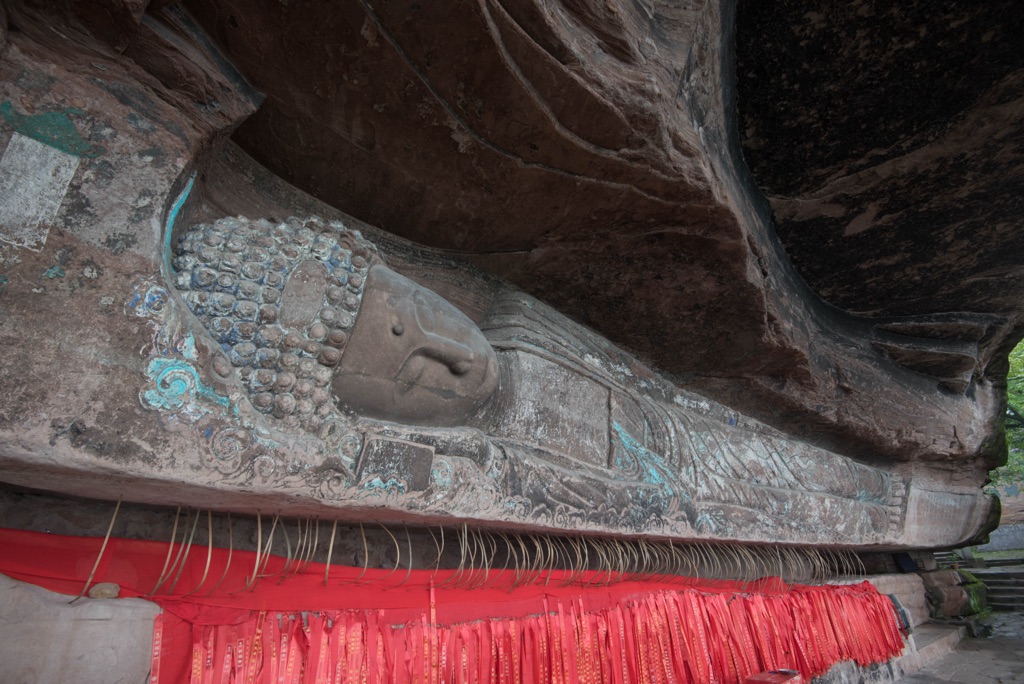
Diaoyu Fortress
Diaoyu Fortress, also known as Diaoyucheng, is a historical site of great significance located in Chongqing, China. It stands as a testament to ancient military architecture and has a rich history that dates back to the time of the Southern Song Dynasty. The fortress is renowned for its strategic location and formidable defenses, which played a crucial role during the Mongol invasions of China. Over the centuries, Diaoyu Fortress has been a silent witness to numerous battles and has become a symbol of resilience and Chinese military ingenuity.
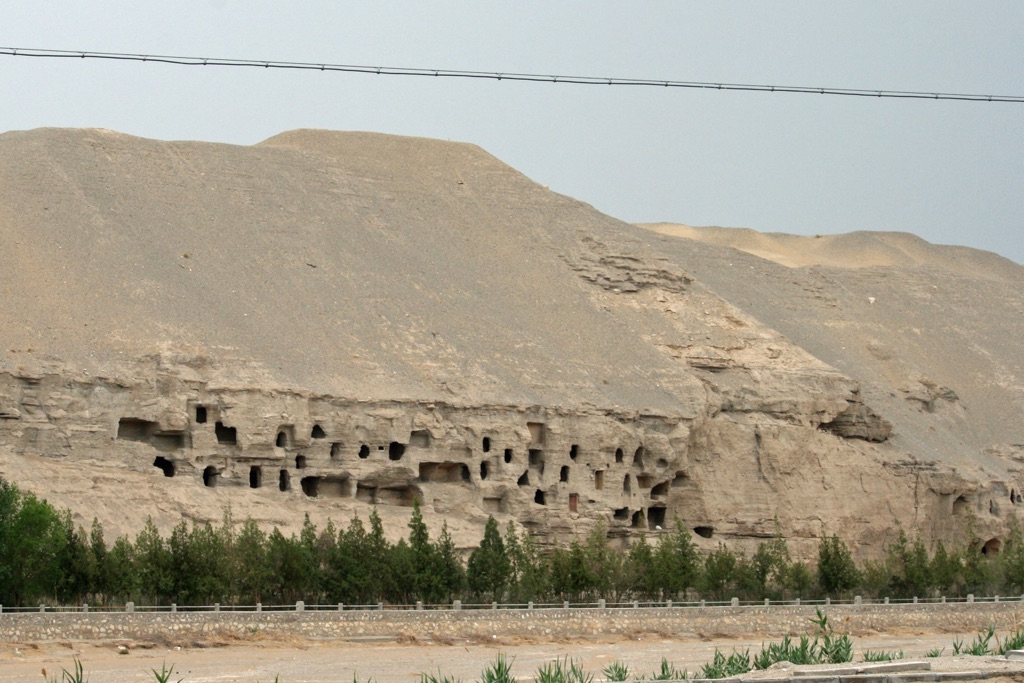
Mogao Caves
The Mogao Caves, also known as the Thousand Buddha Grottoes, are a network of Buddhist temple grottoes located near the city of Dunhuang in the Gansu province of China. They are famous for their statues and wall paintings spanning 1,000 years of Buddhist art. Carved into the cliffs above the Dachuan River, the caves serve…
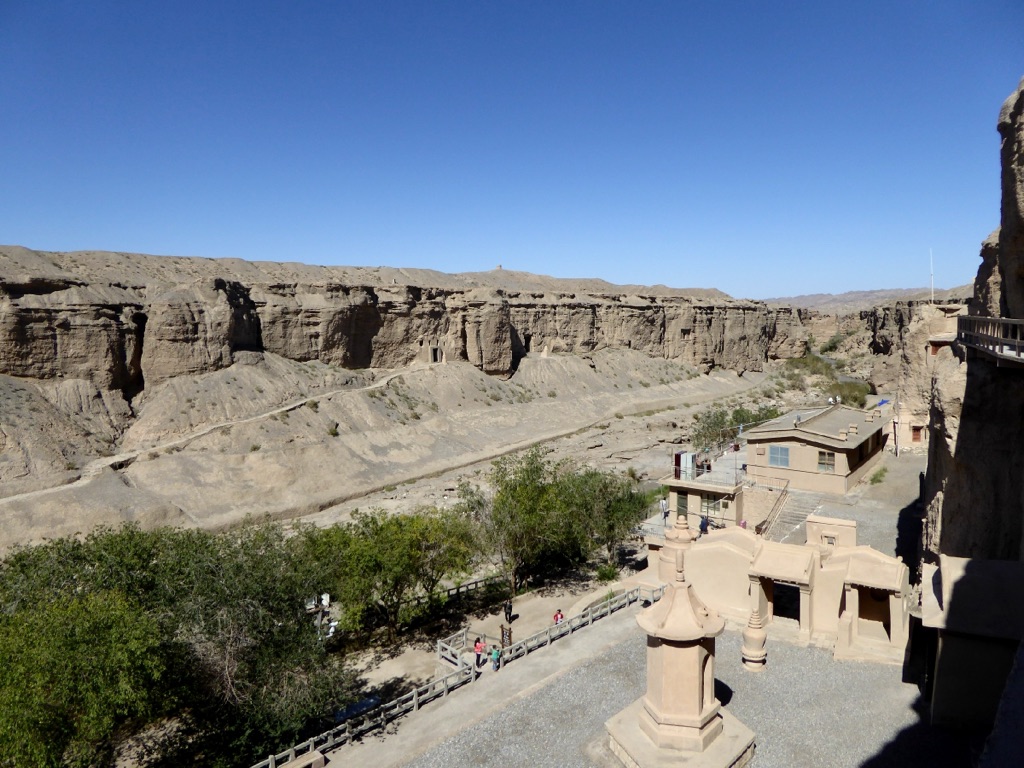
Yulin Caves
The Yulin Caves are a significant historical and cultural site located in Guazhou County, Gansu Province, China. They are a group of 42 caves carved into the cliffside of the Qilian Mountains, showcasing a rich collection of Buddhist artwork spanning more than a thousand years. The caves are renowned for their intricate frescoes and statues that reflect the diverse cultural influences that passed along the ancient Silk Road. They are an extension of the Mogao Caves and form an essential part of the Dunhuang region’s historical tapestry.
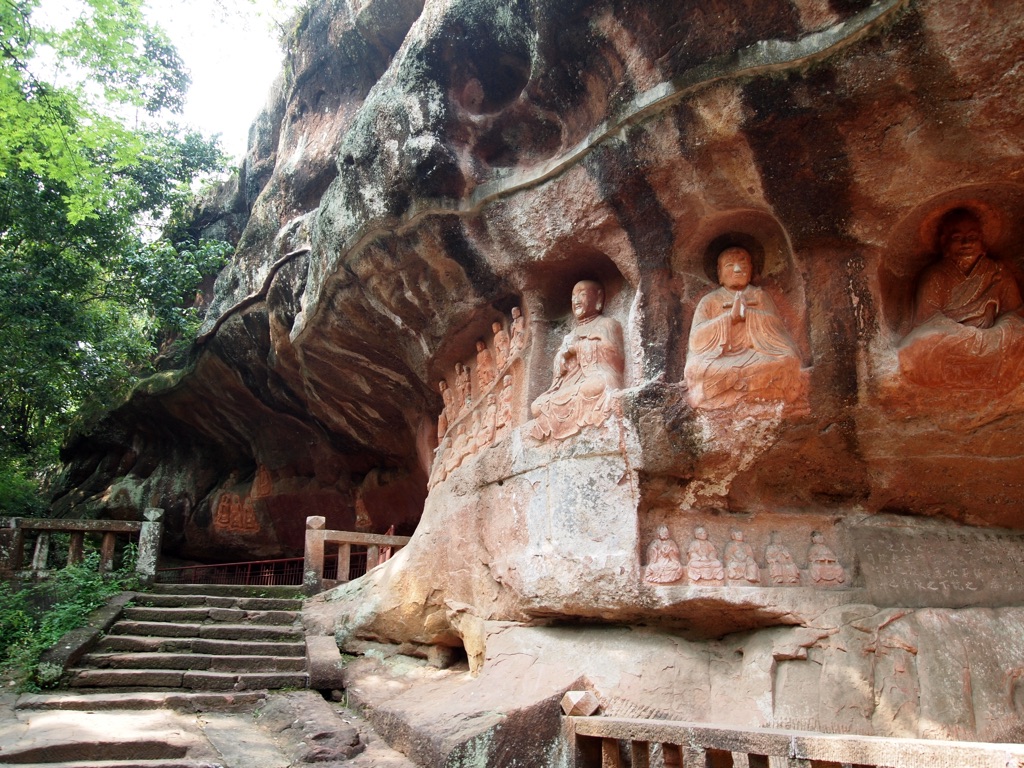
Tongtianyan Grottoes (Tongtian Rock)
The Tongtianyan Grottoes, nestled in the southern part of China, are a testament to ancient ingenuity and spiritual devotion. These grottoes, carved into the limestone cliffs of Guangxi Zhuang Autonomous Region, are a series of caves and temples that have stood the test of time. They showcase the intricate artistry and religious practices of the people who created them. The site is not only an archaeological treasure but also a cultural heritage that offers insights into China’s past civilizations.
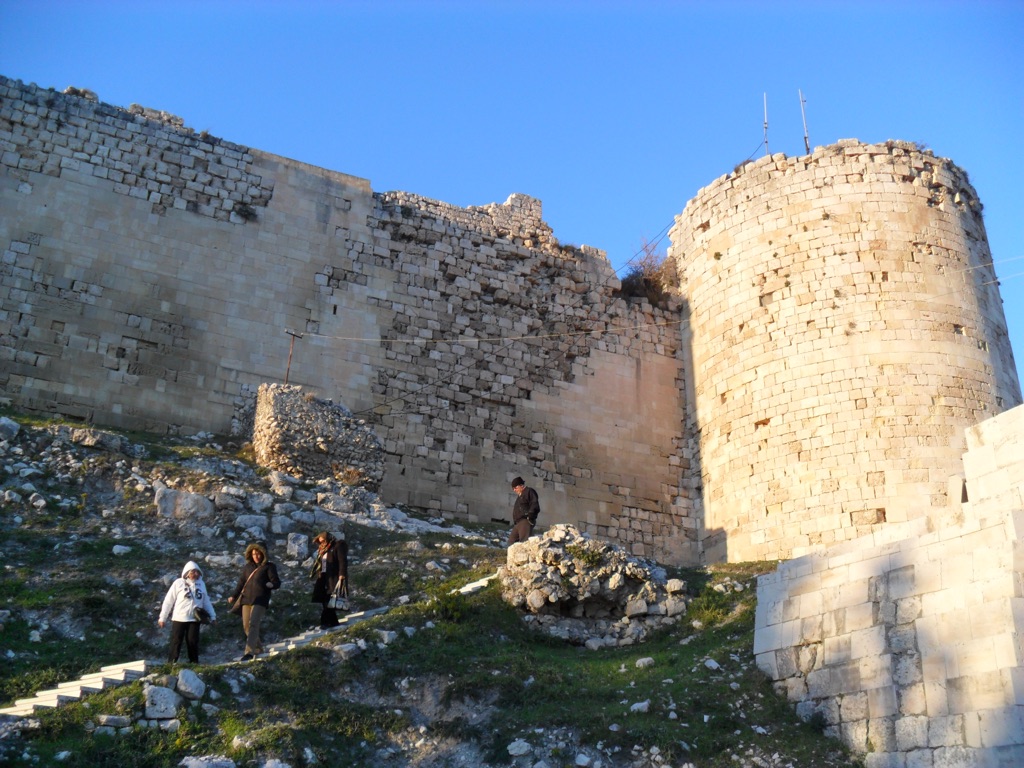
Silifke Castle Turkey
Silifke Castle, perched atop a hill in southern Turkey, overlooks the city of Silifke and the Mediterranean Sea. This historical fortress, with origins dating back to the Byzantine era, has witnessed numerous civilizations. It has served as a strategic military stronghold throughout its history. The castle’s architecture reflects a blend of Byzantine, Armenian, and Ottoman influences, marking it as a site of cultural and historical significance.

